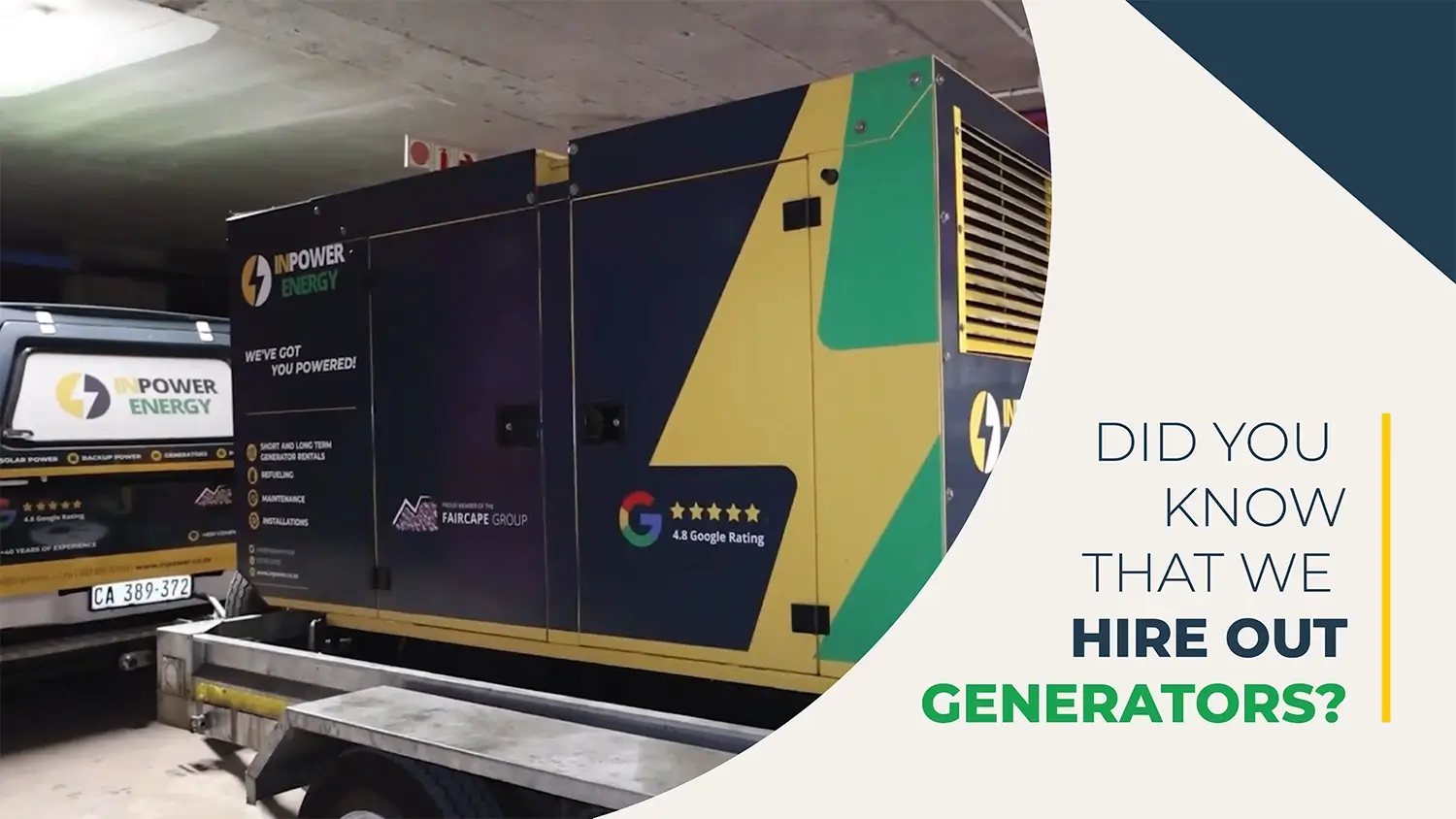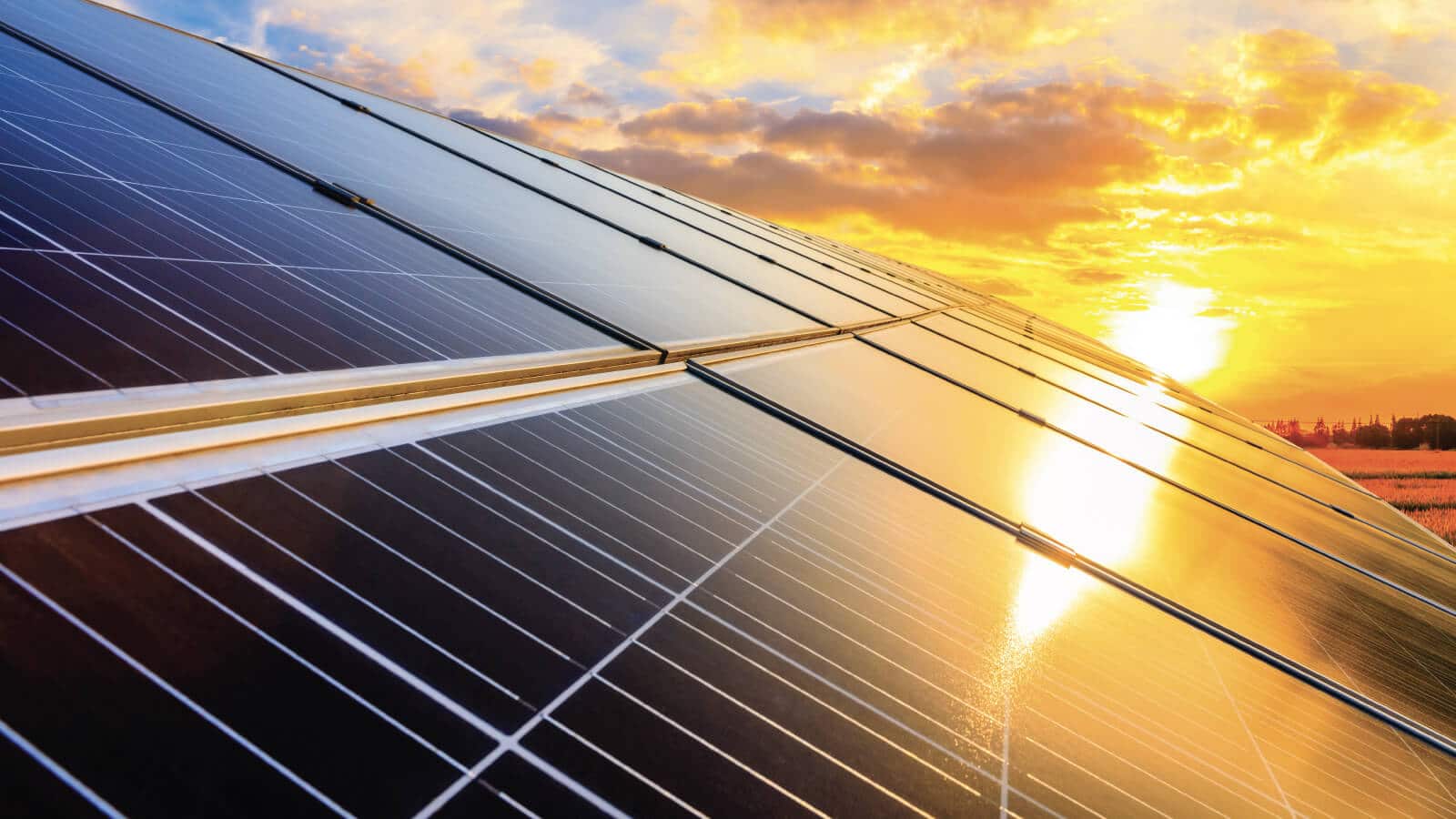The current state of Eskom | Eskom latest news
https://uploads-ssl.webflow.com/66033221884a5b7615a3e260/66265ff639be7b364f685abc_66225bfce3261ff0d8b.jpeg
Eskom Latest News
The current state of eskom is bad. South Africa’s big electric utility’s bad service, high prices, and mismanagement has left many customers looking for another way to power their homes.
The state energy provider has been the subject of much criticism over the last few years, particularly over their mismanagement and their inability to reduce loadshedding.
To date, South Africans have endured 463 hours of loadshedding for 2023; the majority of which has occurred in stage 6. Furthermore, the South African National Energy Regulator has approved an 18.65% increase in electricity tariffs, citing the need for Eskom to cover its operational costs.
As a means of reducing the loadshedding strain, Eskom has relied heavily on the use of its open cylinder gas turbines (OCGT). This, NERSA states, is unacceptable, as OCTGs are only to be used as a last resort when breakdowns in infrastructure occur and the grid is under strain. Additionally, because they require diesel for operation—a resource that Eskom gravely mismanaged in 2022—OCGTs are not a sustainable method of generating energy.
The state’s attempts to save the current state of eskom has ultimately failed. South Africans are in need of good, reliable, and sustainable alternative energy sources; solar power meets this criteria.
‘What stage are we on?’
Eskom’s unpredictable loadshedding schedule is now part of our daily lives. Stage 6 loadshedding—4 hours without electricity—is evidence of the issues of supply and demand in South Africa. Eskom’s inability to provide enough electricity for the nation makes a national blackout very likely. There can be no doubt that for more than 10 years, South Africa has been in the throes of an energy crisis. Skills shortages, inadequate resources, and outdated infrastructure have been blamed for the extended periods of loadshedding and for the unpredictability of stage changes.
The current indefinite stage 6 loadshedding being experienced was implemented due to breakdowns in generation capacity at 11 of Eskom’s over 15 power plants: coal, hydroelectric, solar, and nuclear. Although South Africans have become ‘familiar’ with unforeseeable changes in their electricity usage, the current state of disruption to daily life is unprecedented. EskomsePush, a popular loadshedding tracking app, has continuously tracked loadshedding stage changes and has been a lifeline for many; several users of the app track loadshedding in numerous areas, safeguarding against being caught unaware while away from home. To date, the country has experienced over 450 hours of loadshedding.
Our reliance on electricity is greater than we realise, and so, with the current state of Eskom and its electricity supply issues, we need a reliable, sustainable source of energy. A solar power system is this reliable energy source.
‘How much longer?!’
In late 2022, the Council for Scientific and Industrial Research (CSIR) released a report on the impact of blackouts on the country. In the report, the CSIR projected that loadshedding would last for an estimated additional 10 years. This conclusion was reached using data gathered in 2022 that tracked the effects of loadshedding on the country and the amount of electrical load that was shed. The report’s projected timeline was based on Eskom’s current infrastructure, management problems, corruption, as well as their inability to expand the grid’s electrical capacity.
Currently, the national electrical grid is severely strained. Heavily populated provinces in the north of the country are creating even greater pressure on struggling resources, confirming the need for alternative energy sources. While conducting their research, the CSIR found that should alternative energy be produced, the ideal location would be in the south-western provinces; Northern Cape, Western Cape and Eastern Cape. The geographical location of these provinces are ideal for the production of wind and solar power. The problem, however, is connecting the electricity that could be generated to the national grid. The current state of eskom’s infrastructure cannot support the addition of alternative energy, much less the transportation of electricity to areas in need. Mismanagement of the national power utility has exacerbated the issue of failing infrastructure and the modernisation of the ways in which power is supplied. Because of this, the national energy regulator of South Africa, has increased the 2023 electricity tariff.
‘Why must we pay more for electricity?’
In January 2023, NERSA granted Eskom the right to increase their annual electricity tariff to 18.65%, a rise of more than twice the amount granted in 2021.
One of the country’s biggest failing SOEs, Eskom, has been haemorrhaging resources, draining their allocated budget, and receiving bailouts from the government. The latest tariff increase was allowed due to Eskom’s need to recover losses because they are currently unable to generate enough revenue to cover their operating costs. The resignation of the parastatals’ CEO, citing internal sabotage, highlighted the numerous inefficiencies occurring behind closed doors. The resilience of South Africans is now being tested more than ever. Rising food and electricity prices, along with a potential looming global recession and an unstable rand, are all causes for concern. The energy tariff increase further demoralises South Africans, who are already dealing with ever-changing loadshedding schedules, and, at indefinite stage 6, convincing the nation that they need to pay more for a limited resource is a tall order.
Eskom’s inability to maintain efficient operations involves numerous issues. As mentioned, mismanagement, the mismanagement of funds and resources and the continued corruption by those put in charge. This has left many South Africans asking the same question, ‘Why can’t they fix it?’ The answer is not a simple one. The main reason why the energy supply is still under pressure is deteriorating power plant infrastructure. Because Eskom is unable to generate enough income to cover their operating costs, they are unable to update critical infrastructure. In times of the electrical load being shed, Eskom has relied heavily on the open cycle gas turbines (OCGT) within their network to supply energy. The issue with this strategy is that OCGTs needs a sufficient supply of diesel to successfully operate, which is not sustainable. The theft of diesel at power stations in 2022 further increased the use of OCGTs, which, as stated by NERSA, is to be used in emergency situations. At present, they are being used alongside Eskom’s peak operating power stations in an effort to stabilise the energy grid. This strategy is also failing.

‘What are they doing about it?’
For the foreseeable future, loadshedding is indefinite. And although we have learnt to live with it, the public needs the power utility to provide attainable solutions to the issue. Loadshedding is wreaking havoc on critical infrastructure in major cities across the country, leading to water supply issues, outages and extended periods of service delivery failure. The tariff increase means that in major metropoles, the percentage price per kWh will increase.In Cape Town, Mayor, Geordin Hill-Lewis has said that the city is currently working towards protecting the city from ‘atleast four stages of loadshedding’. One of the intentions of the city is the investment in solar energy, to safeguard against the unpredictability of electricity supply. Adopting solar as part of an alternative energy supply will exempt anyone from the struggles of South Africa’s main energy supplier. InPower is qualified to install, monitor, and maintain a solar energy system; assisting with all residential and commercial solar needs. Our energy specialists are able to advise on the best possible solar energy system, reducing or even eliminating a dependency on Eskom.




